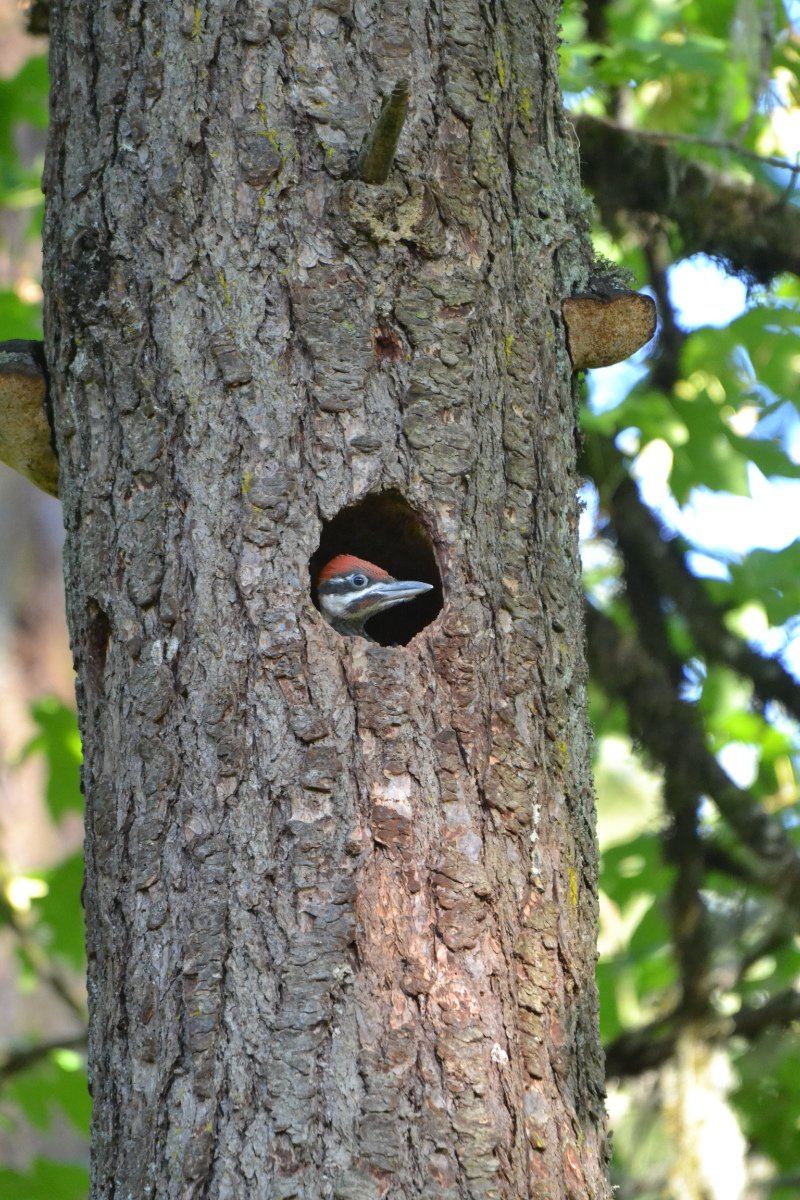Clouds of downy thistle seeds have been billowing out onto the landscape and flying up into the sky. The seed is attached to an umbrella of feathers that enable it to float away in the slightest breeze. Goldfinches are on the scene to forage before the seeds sail away.
Goldfinches mainly eat seeds, but they will also supplement their diets with small fruits (elderberry and madrone) and tree buds (cottonwoods, alders, sycamores, willows, and oaks).
I think this particular plant is a bull thistle, a non-native plant. Non-native plants can be invasive, but I had to admire the cool seed head left behind after the seeds were released. It reminded me of a straw hat that Van Gogh might have painted.
In the birdseed business, Niger seeds are sold as a popular goldfinch food. Early marketing labeled this plant seed as a thistle. People wanted to capitalize on the fact that goldfinches love thistle seeds, which Niger seeds aren’t. They are a native plant to Ethiopia, Eritrea, and Malawi. They are also grown in India. You may also see the plant labeled Nyger or Nyjer on the bag of bird seed.
I wanted to mention this because I feel that it is better to grow native plants and create more habitat for birds to forage. I feel these types of small changes can have huge impacts on restoring a balance in nature. When we use native seeds, we not only create habitat, we avoid spending energy importing seeds from far away to put in our bird feeders. In addition, Niger seeds are not going to be as nutritious because they are sterilized by heat before being shipped. I am sure this is to help prevent germination and spoilage of the seed.


















































































